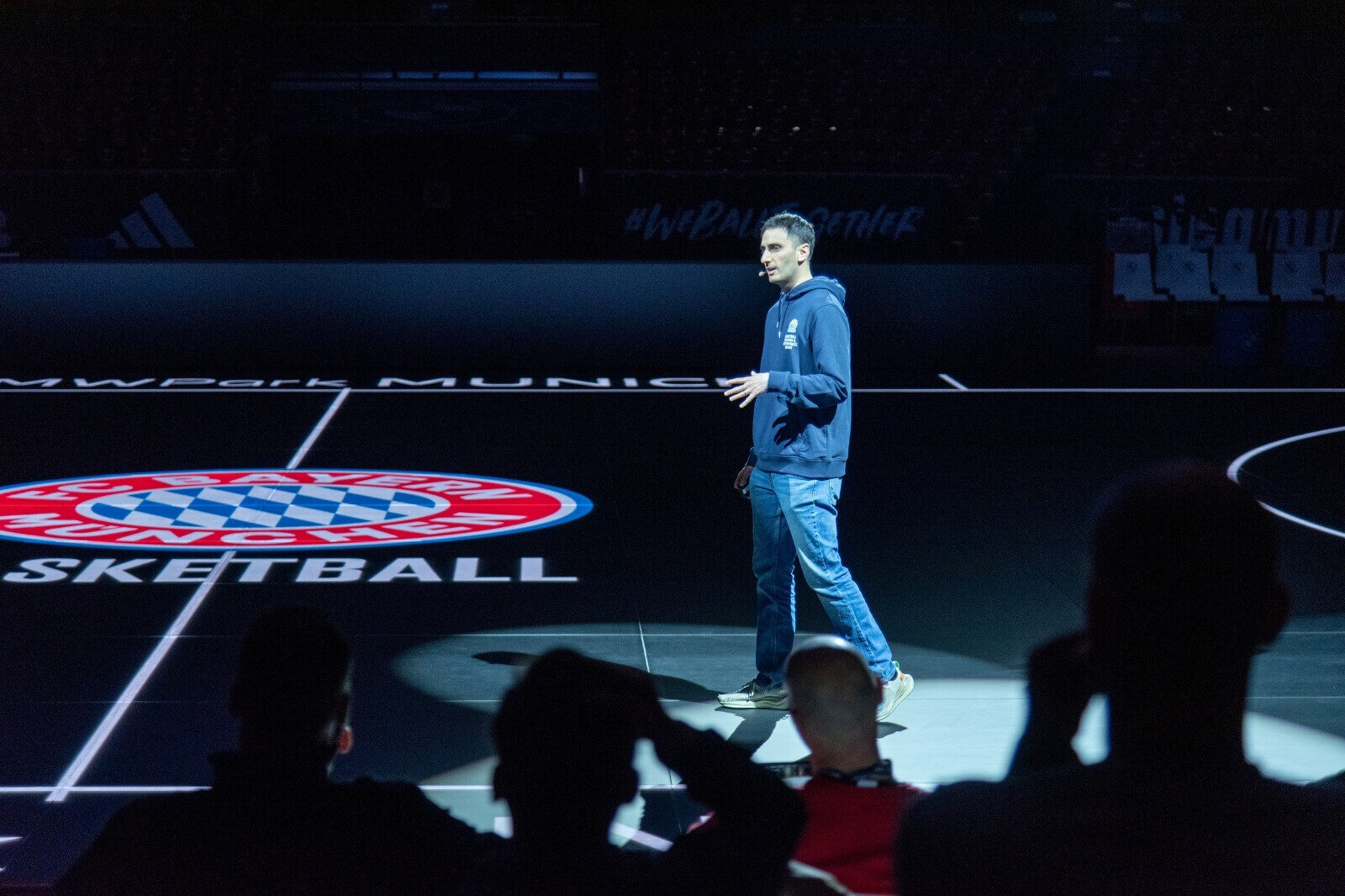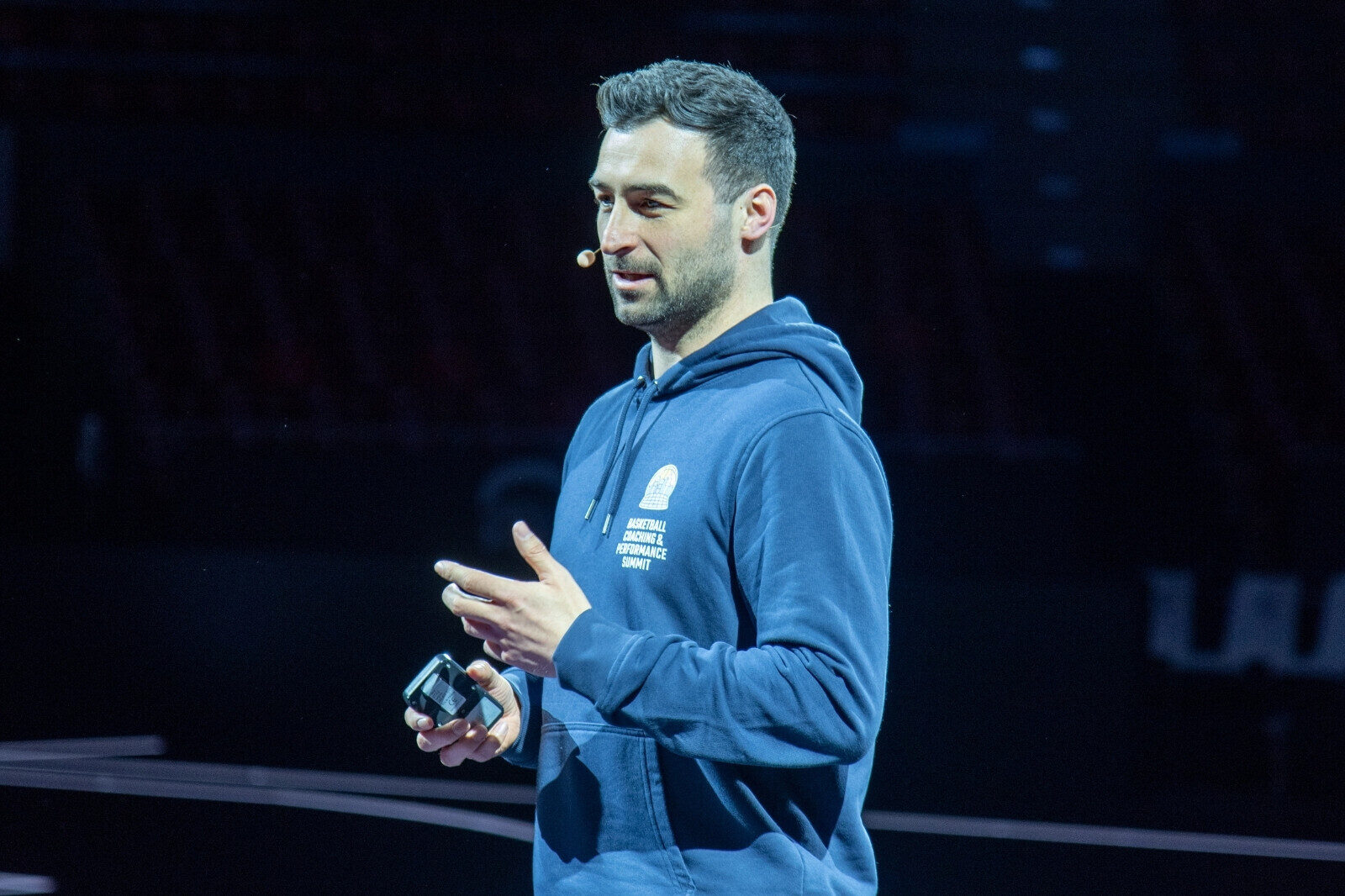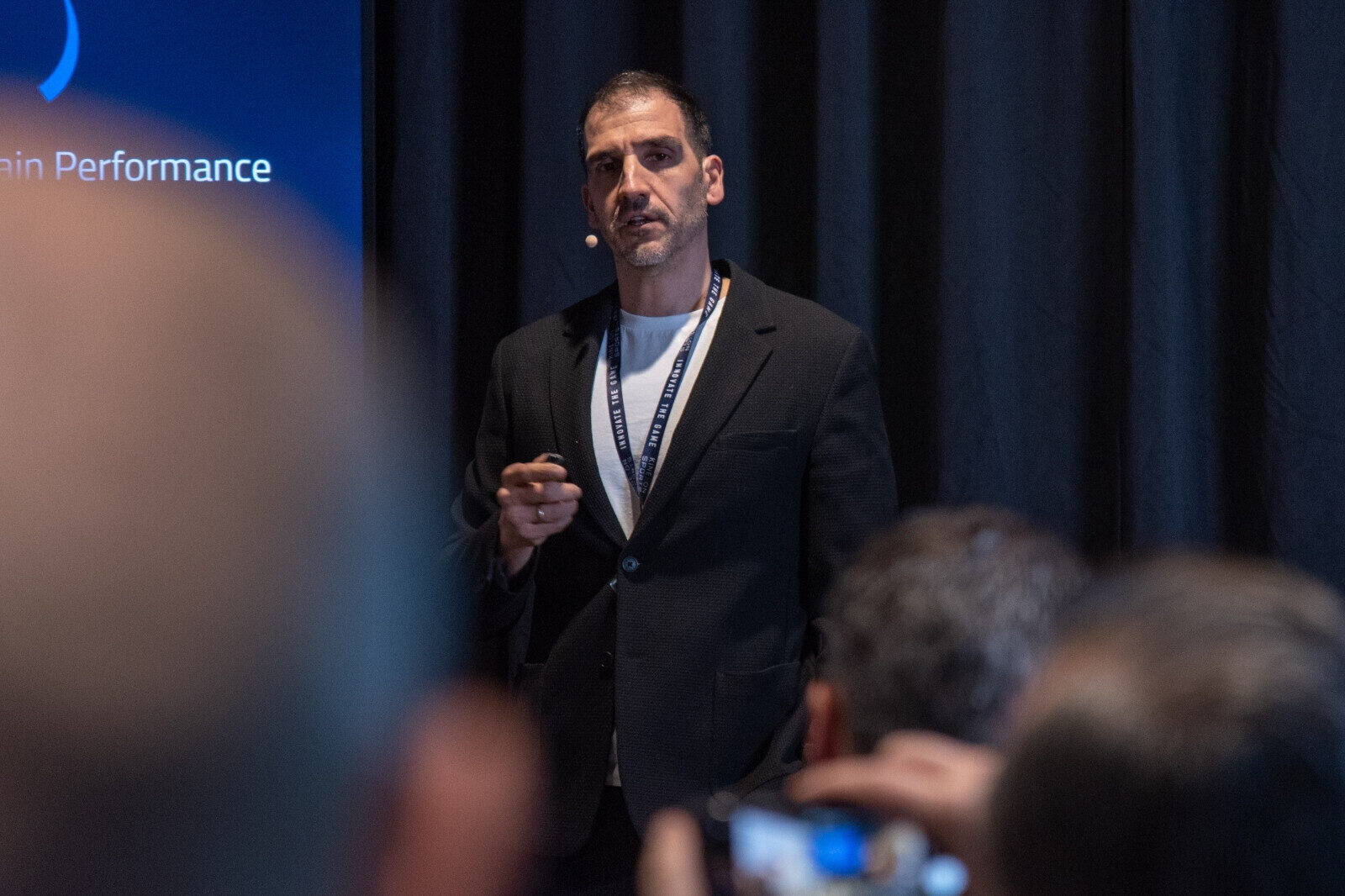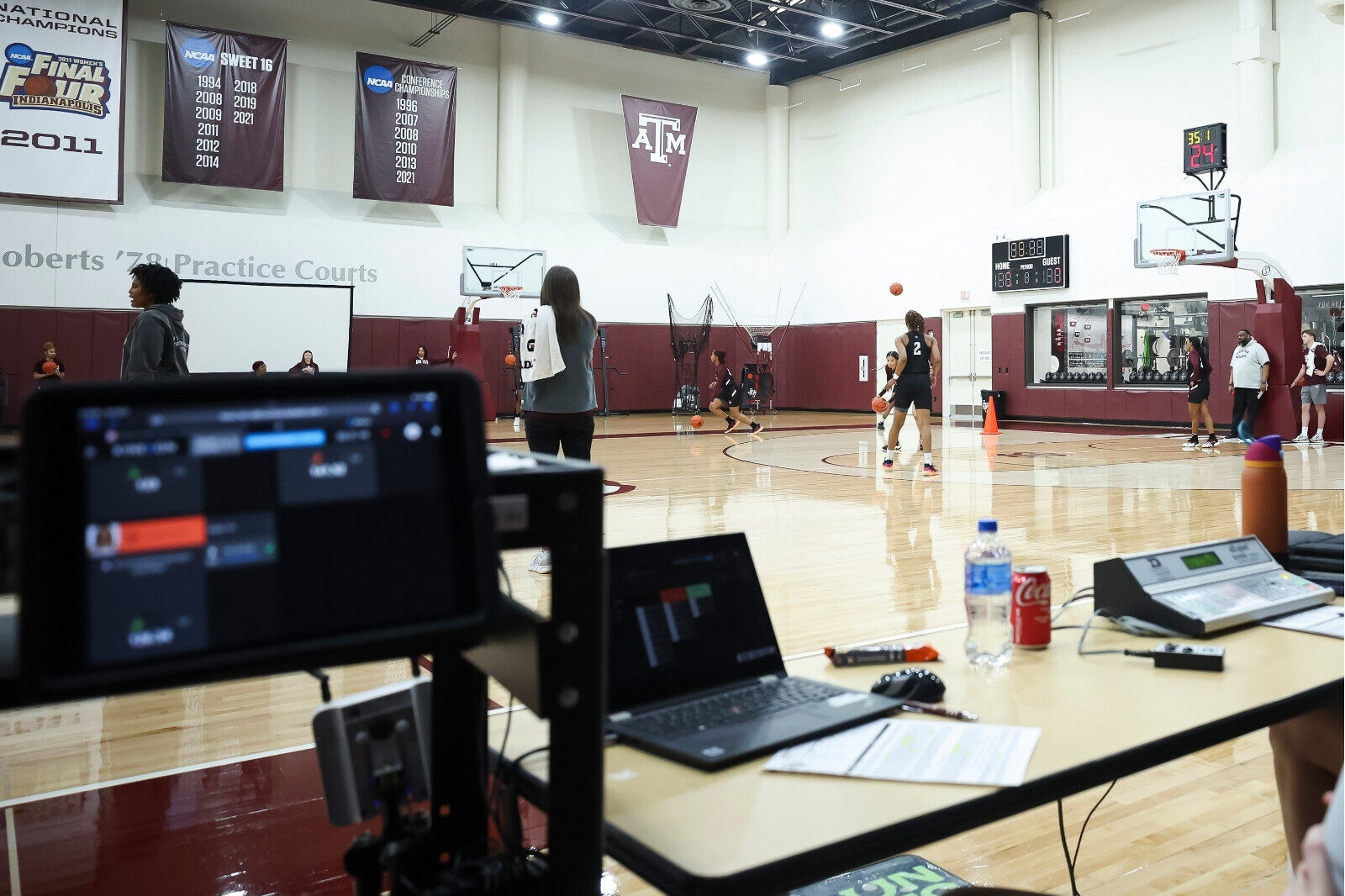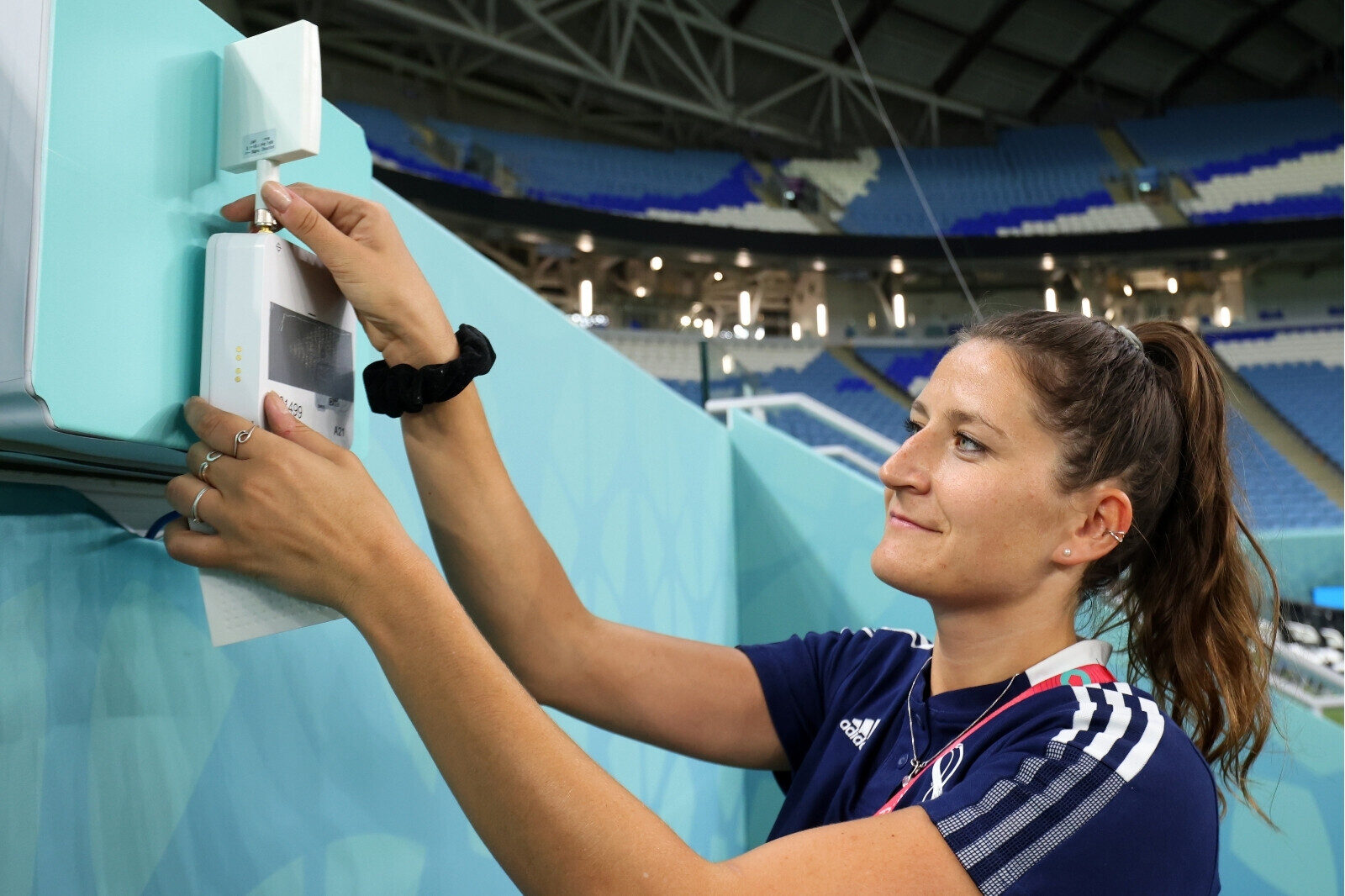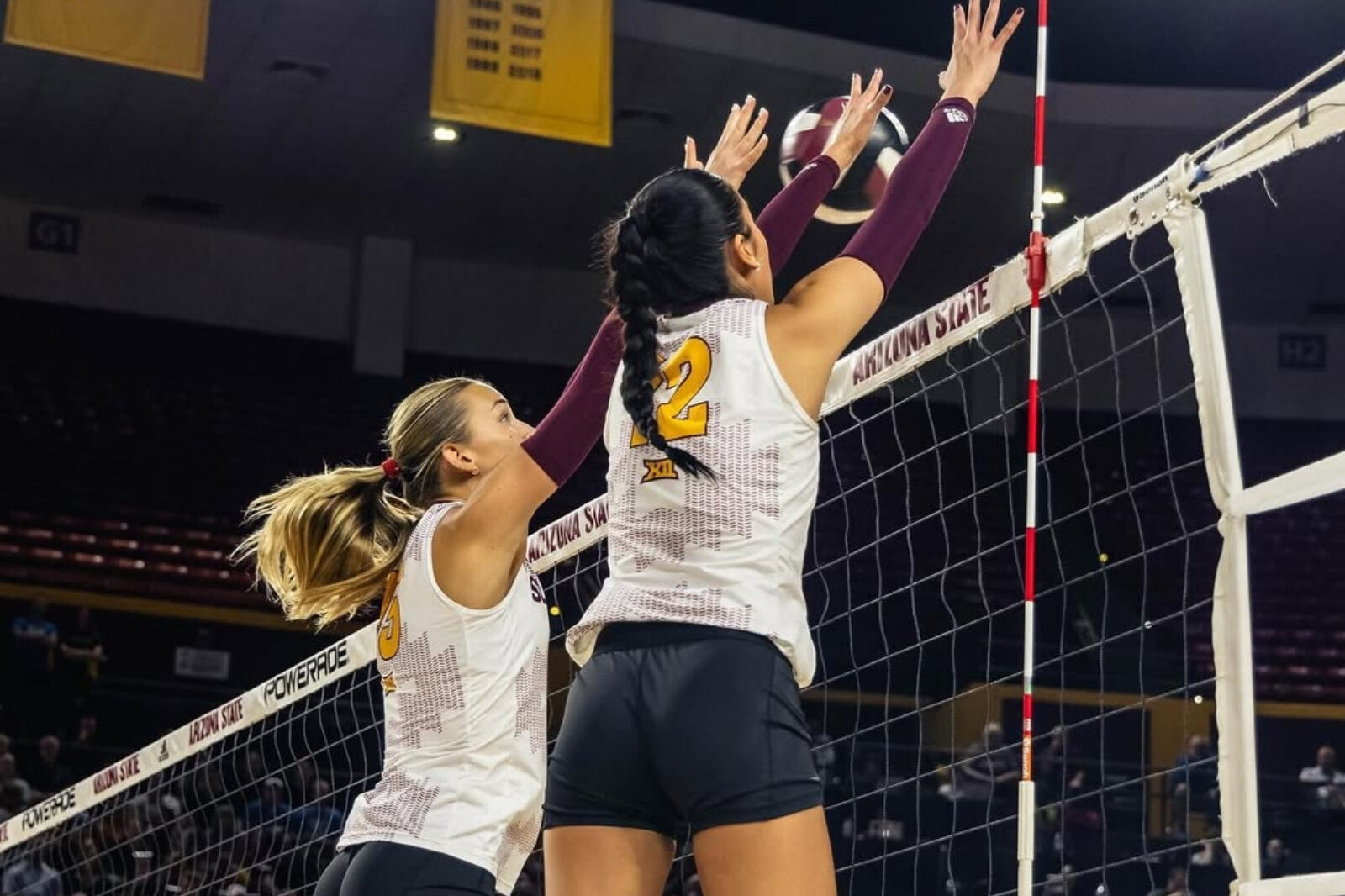Preventing ACL Tears in Women Athletes May Start with a Cycle-Syncing Workout
Author: Jana Hubel
There is a lot of talk about how to prevent ACL tears in women athletes. But here are some unfortunate hard facts: Statistics show that women football players are up to six times more likely to suffer an ACL injury than men. Yet, there may not be enough studies to clearly state that women’s menstrual cycle is a reason for that, but aren’t indications sometimes enough to start counteracting?
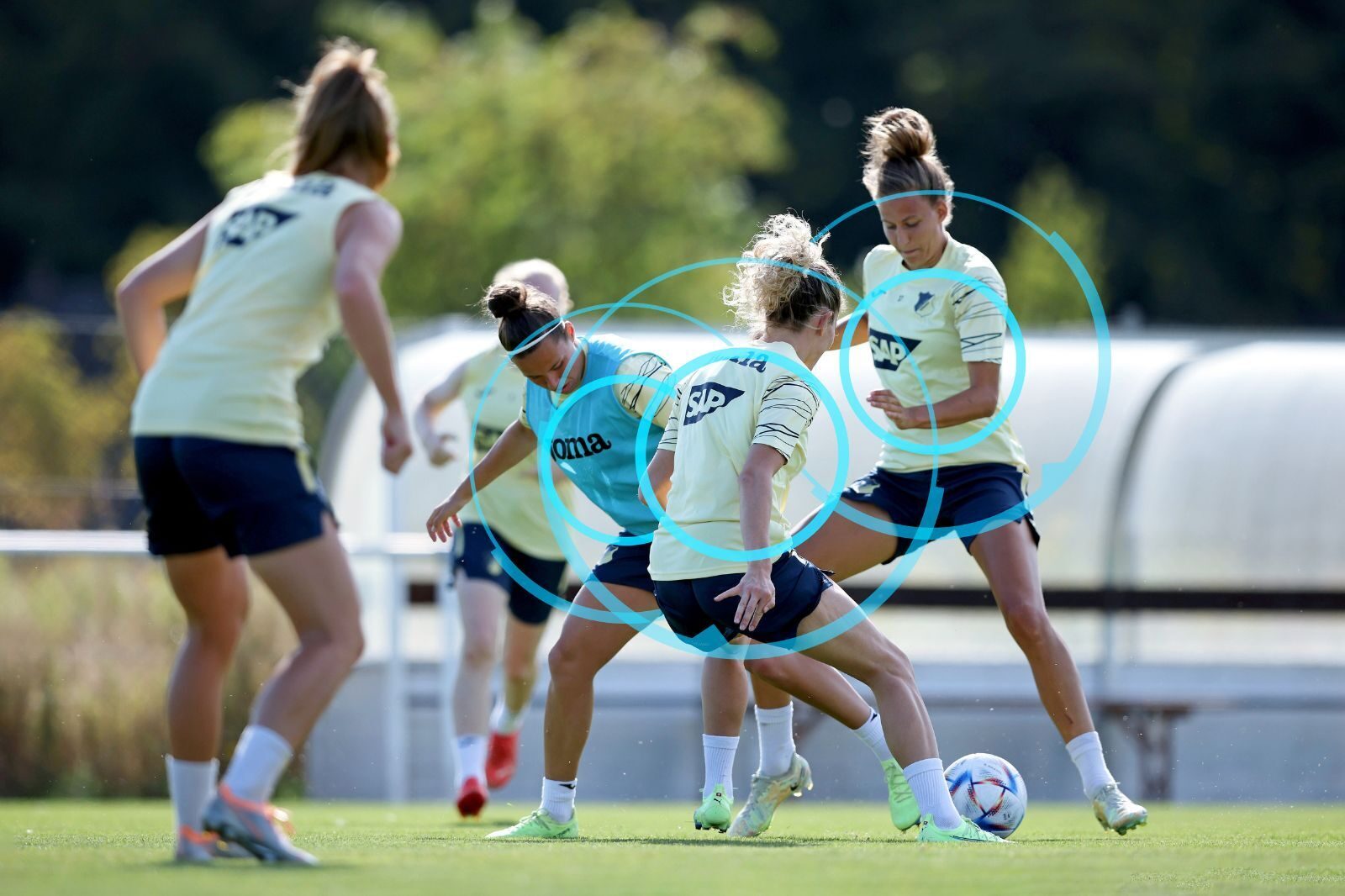
The discussion recently picked up speed again after the English professional football (soccer) club, Arsenal W.F.C. saw four of their players suffer season-ending ACL injuries.
The hormonal changes that occur during the menstrual cycle may affect the strength and stability of the ligaments in the knee. Specifically, estrogen and relaxin (a hormone that helps to loosen the ligaments) levels are highest during the follicular phase of the menstrual cycle, which may increase the risk of injury. More detailed research is still ongoing.
Here comes the good news: there is technology available to coaches and trainers that can help with player tracking and load recommendations according to cycle phases and symptoms.
Women's Pro Soccer Team Pioneers New Era in Women's Sports
The Four Phases of the Menstrual Cycle
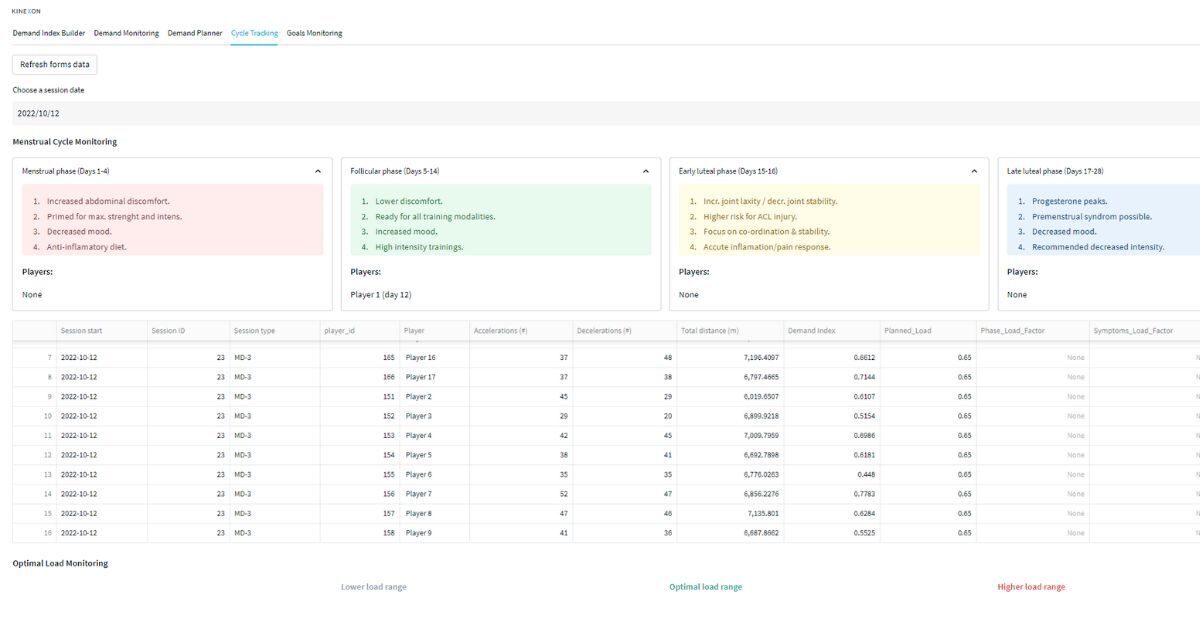
1. Menstrual Phase: The menstrual phase is the first phase of the menstrual cycle. Some factors an athlete may have to manage during this phase include:
- Increased adaption to strength & high intensity training
- Reduced neuromuscular control
- Increased iron requirement
Your athlete may have to perform exercise(s) to treat and manage symptoms, since this is the phase when she is more likely to experience them.
2. Follicular Phase: The follicular phase is the second phase of the menstrual cycle lasting from the last day of bleeding until ovulation. This is also the phase when an athlete may be at her highest risk for an ACL tear. Factors athletes contend with in this phase include:
- Increased mood, alertness, energy level
- Increased adaption to strength and high intensity
- Alterations in joint laxity, which increases the risk for certain types of soft tissue injuries
During this phase it may be best to implement a progressive warm-up and a thorough cool-down to decrease risk. An emphasis on recovery is critical.
3. Ovulatory Phase: The ovulatory phase occurs when the dominant follicle releases a mature egg (ovulation). This usually occurs around day 14 of a 28-day cycle but can vary, and includes:
- Increased heart rate and breathing rate
- Slight increase in basal body temperature
- Increased muscle break down –> Focus on post-training recovery
- Increased appetite
To manage this phase, it might be best to stick with endurance-based training. Trainers may also consider lowering the athlete’s peak power, which is the same benefit she will get from a reduced load or reps.
4. Luteal Phase: The luteal phase starts after ovulation and lasts until the start of the next menstrual period. During this phase, the symptoms your athlete experiences may be exacerbated, and they may not be driven to train. Your athlete may also experience other symptoms, including:
- Low energy
- Disrupted sleep
- Increased stress (which can also increase symptoms)
Because of the increase in the amount and severity of the symptoms, more recovery may be needed during this phase. Exercise may help to decrease premenstrual symptoms. A healthy diet and good sleep habits are also encouraged
Is There a Connection Between the Menstrual Cycle and ACL Tears?

We think there is, and the time to start counteracting is now!
After gathering feedback and insights, we have the first dashboards ready and on-hand for teams to use. But what insights are they offering? Have a look at this guide to learn how the new KINEXON Sports provides dashboards to help teams manage load — even cycle-oriented.
Why are Cycle-Syncing Workouts Important?
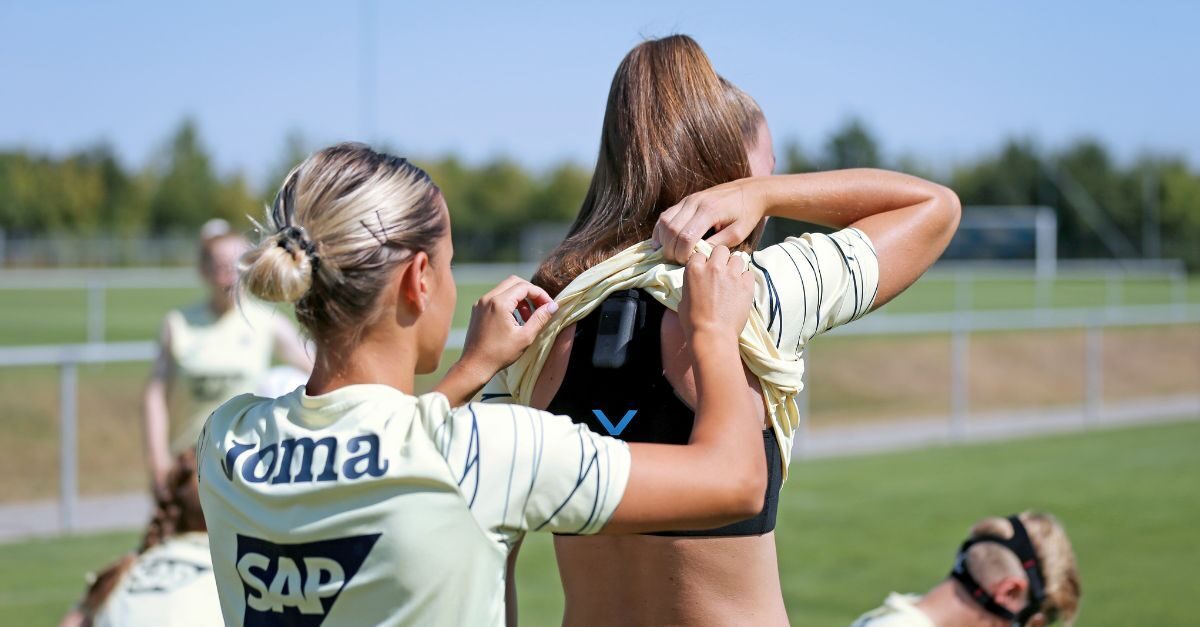
We are aware that all of this is plain theory. To find individual tendencies however, you must start tracking at some point. The goal is to treat each player individually, which is not easy in a team sport with a fixed season schedule.
Nevertheless, it is possible to train cycle-oriented rather than cycle-based by grouping players. We are aware that it is exceedingly difficult to train according to your players’ individual cycles, particularly in a team sport like soccer/football (with a fixed calendar and big squads).
However, it’s time to stop disregarding the natural indifferences between men and women and pay attention to individual needs.
It’s always valuable to track performance and be aware of high intensity loads and values.
If you are interested in learning more about how you may be able to help decrease the risk of injury, contact us today. Or check out our guide to managing the workloads of female athletes via the link below.





